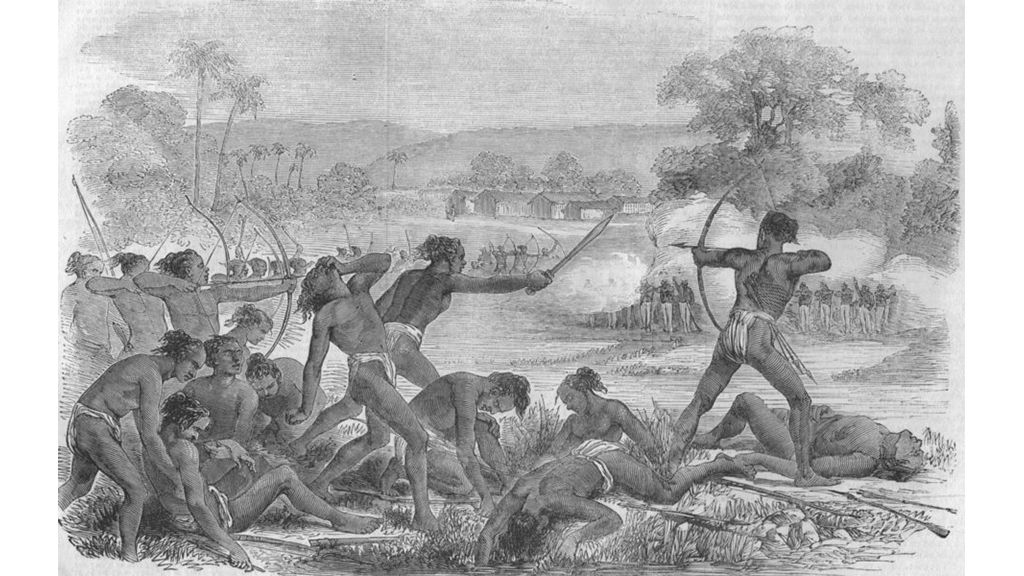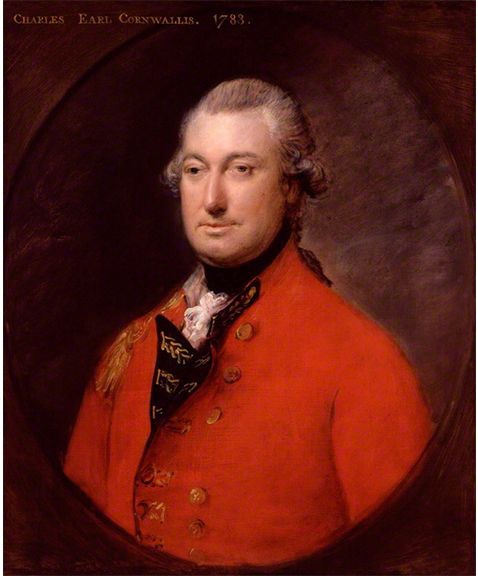On 7th July 1855, a group of Santhal tribals assembled in a field in #Jharkhand and declared themselves free. This act of defiance triggered an armed rebellion. The tremors it created were felt a century later, in a movement that drew the attention of the world. 1/9 

The Santhal Revolt of 1855 pitted the Santhal tribes in the forests of #WestBengal, #Bihar, Jharkhand and #Odisha against local zamindars, who were supported by the #British. For the Santhals, it was a fight to retain the right to their lands. 2/9 

These rights had been taken away by the East India Company, which in the 18th century began clearing the forests in which the Santhals lived, to grow cash crops like indigo and poppy. Things grew worse when the Zamindari System was introduced in 1793. 3/9 

The zamindars enjoyed perpetual and hereditary rights over the land, in return for fixed revenue that they paid the British. So they began to buy large swathes of the forest. The Santhals lost all their rights to their land, including their way of life. 4/9
#FightForRights
#FightForRights
The Santhals were reduced to being labourers on their own land. The introduction of currency was the final blow. After following the barter system for centuries, they suddenly had to pay the zamindars in cash, forcing them into debt. 5/9 

Resentment festered till it split over. On 7th July 1855, a large number of Santhals gathered in a field and declared themselves free of bondage. It was the beginning of the Santhal Revolt. 6/9
#tribalrights
#tribalrights
It was all-out #war but the Santhals’ bows and arrows were no match for the latest weapons used by the British. Although they didn’t stand a chance, the Santhals had taken an oath to fight till the end. They lost around 20,000 men. 7/9
It took an entire year to crush the revolt and a few pockets of Santhal resistance continued till 1857. The fight for tribal rights has always been an uphill battle and the first organized movement – the #Naxalite movement – was launched in 1967. 8/9
One of the founding members of the Naxal movement was a Santhal named Jangal Santhal. Sadly, like his forefathers and their heroic struggle a century earlier, he has been forgotten. 9/9. Full story: livehistoryindia.com/story/eras/the…
• • •
Missing some Tweet in this thread? You can try to
force a refresh

















